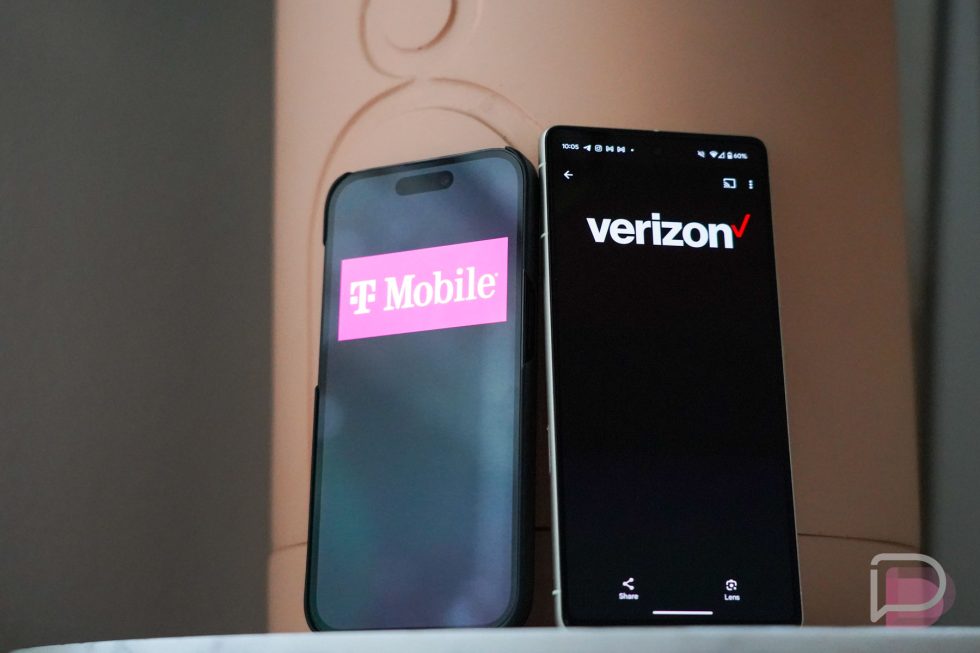Do industry reports on the state of the US wireless carrier situation matter much? Probably not to most of us. For many, we’re locked into a specific carrier for one reason or another and have little reason or the energy to make a switch. Maybe we financed a phone through them or we know that they have towers in places we frequent that give us a good enough connection when we need it, so we stay put.
But there are those who might be frustrated by their current carrier because of service levels that have fallen, a payment plan has ended and we’re feeling some freedom, or (and most likely the case) we were informed that are prices are about to go up. In the past year, we’ve seen prices go up practically everywhere, often on loyal customers who have stuck with a carrier through years of changes.
We think about these things when we see new industry reports, like the one OpenSignal released this week. We think about them because there could be a brighter carrier future somewhere else and this might help you make that decision.
So with that in mind, let’s talk about how badly T-Mobile wiped the floor with Verizon and AT&T in this new report to kickstart 2025.
In this first image, you can see OpenSignal’s “Mobile Experience Awards” and it looks identical to their report from last year. The same carriers won all of the same awards. However, when you dive into some of these individual awards, it shows just how far ahead T-Mobile remains. And that’s weird to say, because you might look at this and think, “Hey, Verizon is killing it in 5G experience awards, how could you say that T-Mobile is crushing them?” Well, let’s take a look.
5G is really all that matters to any of these carriers. They haven’t stopped talking about 5G since they first overpromised it and said “5G is here” back in 2018, even though it wasn’t. So if we look at pretty important metrics here from OpenSignal, like 5G availability, your jaw might hit the floor. According to their data, T-Mobile users are finding 5G roughly 72% of the time. AT&T customers are right around 15% and Verizon subscribers are seeing it 10% of the time. What?
In OpenSignal’s description for this metric, they admit this is not a geographical data point and that instead they “measure what proportion of time people have a network connection, in the places they most commonly frequent.” So throughout someone’s daily life, this metric shows that T-Mobile customers are on 5G almost all of the time and that AT&T and Verizon customers aren’t. Yikes.
If you keep that metric in mind (5G Availability), then you start to see why T-Mobile is where they are in this report. For example, the overall Download Speed Experience is a wild one. Look at this.
My guess here is that the number for T-Mobile is so high because their customers, again, are almost always on 5G where the higher speeds are. This metric also takes into account the other network connection types, including 4G and 3G. It only makes sense that if your customers aren’t on 5G but 10% of the time that the typical speeds are going to take a big hit. And for those who have seen Verizon’s “LTE” logo appear, we know what that’s about to mean, right? Woof.
Now, this is not me endorsing T-Mobile as some good guy in an industry of bad guys. By all means, they are quickly showing signs of realizing they might as well be another bad guy. The price hikes aren’t going to stop anywhere, including at T-Mobile. Shareholders need to be paid, friend. Stock buybacks need to happen at your expense.
When do we start the 6G hype, though?
This post was last modified on January 10, 2025 9:45 am


